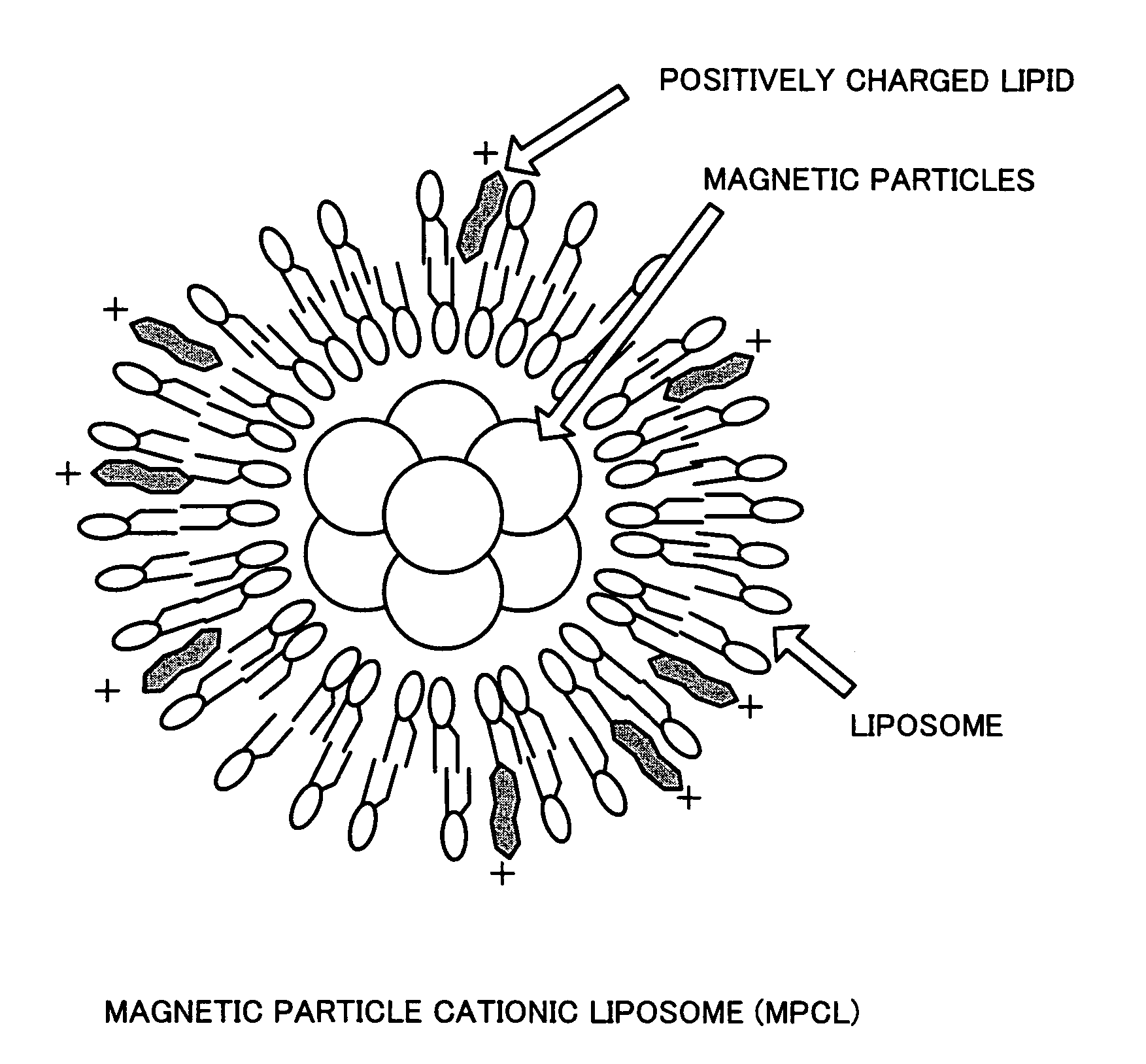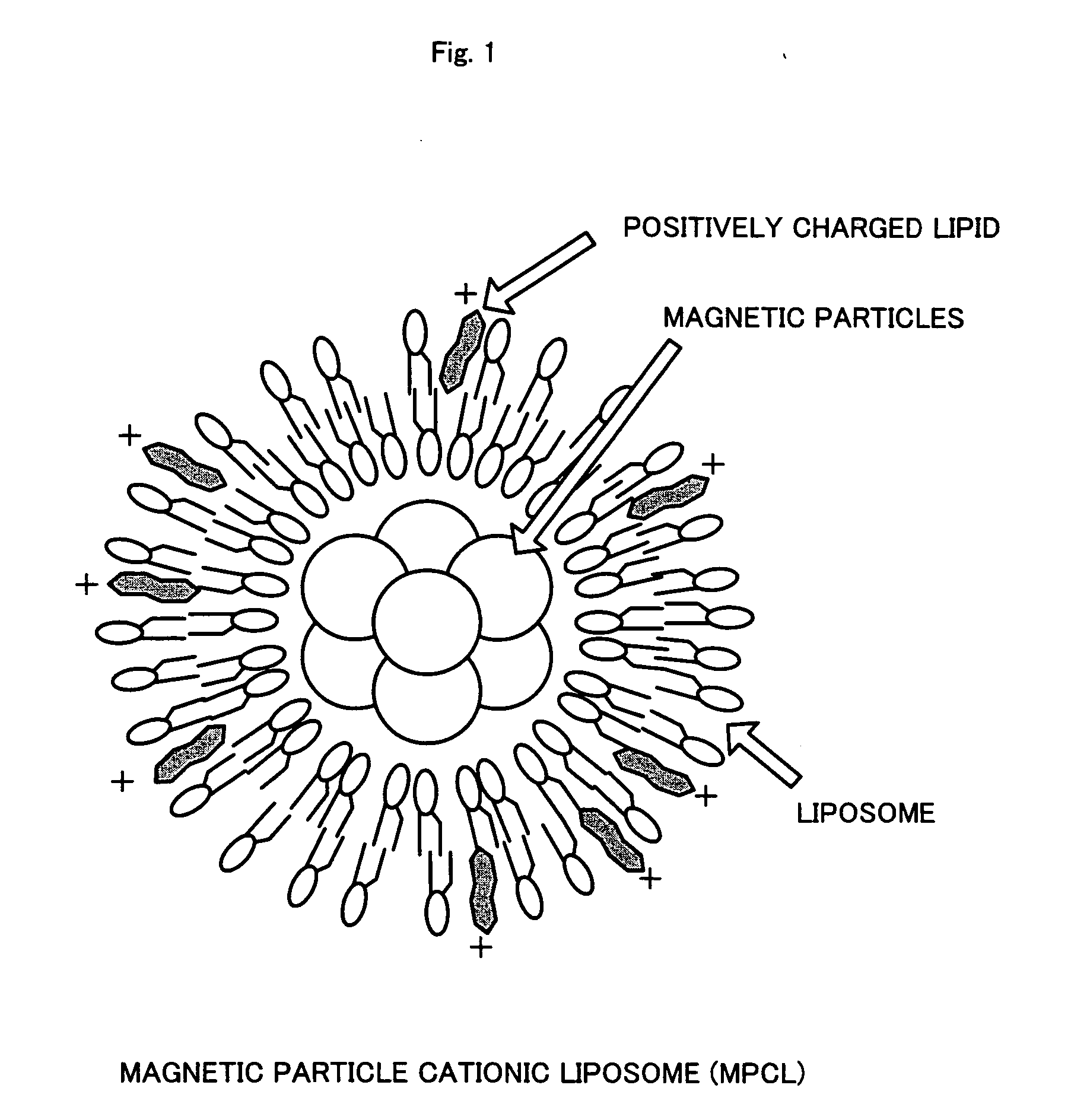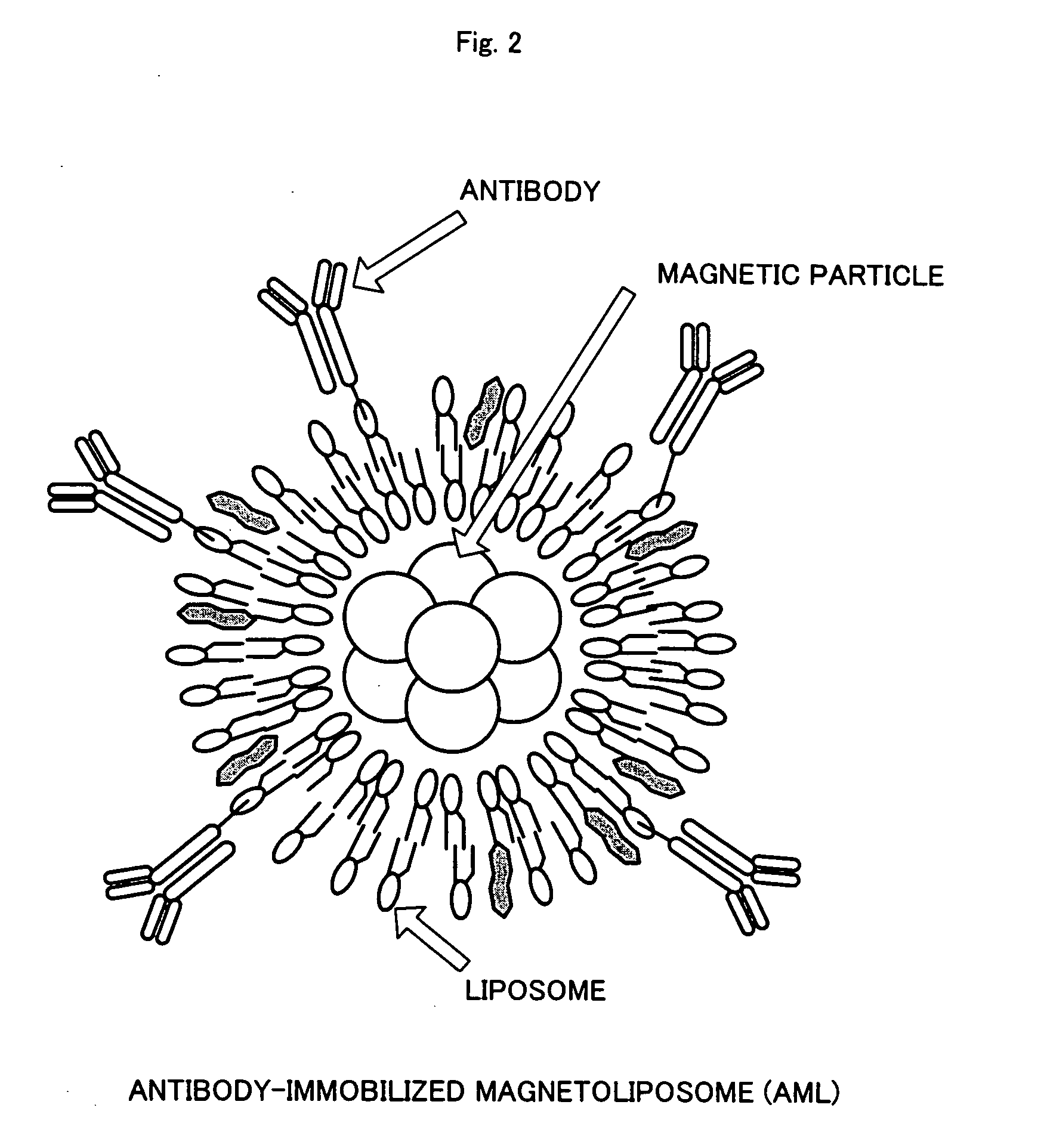Cell culture method and cell sheet
a cell culture method and cell sheet technology, applied in the field of cell culture methods and cell sheets, can solve the problems of taking a long time to laminate a monolayer sheet, cell damage,
- Summary
- Abstract
- Description
- Claims
- Application Information
AI Technical Summary
Benefits of technology
Problems solved by technology
Method used
Image
Examples
example 1
[0029] In Example 1, the case in which epidermal cells (keratinocytes) are cultured toproduce a cultured epidermis sheet will be described.
[0030] (1) Cells to be Used
[0031] Normal human epidermal keratinocytes commercially available for studies from Kurabo wereused. As a culturemedium for epidermal keratinocytes, for a growth medium, a serum free medium, HuMedia-KG2 (Kurabo) was used, and for a differentiation inducing medium, HuMedia-KG2 supplemented with calcium chloride to have the total calcium concentration had been adjusted to 1.0 mM was used.
[0032] (2) Preparation of Magnetite Cationic Liposomes (MCLs)
[0033] MCLs were prepared based on the method described in Jpn. J. Cancer Res. Vol. 87 (1996), p. 1179-1183. Specifically, firstly, liposome membrane containing three kinds of phospholipids, that is, N-α-trimethylammonioacetyl)-didodecyl-D-glutamate chloride (Sogo Pharmaceutical), dilauroylphosphatidyl-choline (Sigma Chemicals), and dioleoylphosphatidyl-ethanolamine (Sigma C...
example 2
[0040] In Example 2, the case in which retinal pigment epithelial cells (hereinafter referred to as RPE cells) are cultured to form a cell sheet will be described.
[0041] (1) Cells to be Used, etc.
[0042] As normal human RPE cells, ARPE-19 cells provided by ATCC (American Type Culture Collection) were used. The cells were cultured at 37° C. under a humidified air atmosphere containing 5% CO2. As a culture medium, DMEM / HAM's F12 supplemented with 10% fetal calf serum and antibiotics (100 U / ml penicillin and 0.1 mg / ml streptomycin) was used.
[0043] (2) Preparation of MCLs
[0044] MCLs were prepared by the same method as mentioned in (2) of Example 1.
[0045] (3) MCL Uptake by RPE Cells
[0046] ARPE-19 cells were suspended in the culture medium to prepare a cell suspension, which was seeded in a culture dish (Asahi Techno Glass) at 6×105 cells / cm2. After 24 hours of incubation, the culture medium was replaced with another culture medium containing MCLs (magnetite concentration: 25 pg / cell...
PUM
 Login to View More
Login to View More Abstract
Description
Claims
Application Information
 Login to View More
Login to View More - R&D
- Intellectual Property
- Life Sciences
- Materials
- Tech Scout
- Unparalleled Data Quality
- Higher Quality Content
- 60% Fewer Hallucinations
Browse by: Latest US Patents, China's latest patents, Technical Efficacy Thesaurus, Application Domain, Technology Topic, Popular Technical Reports.
© 2025 PatSnap. All rights reserved.Legal|Privacy policy|Modern Slavery Act Transparency Statement|Sitemap|About US| Contact US: help@patsnap.com



